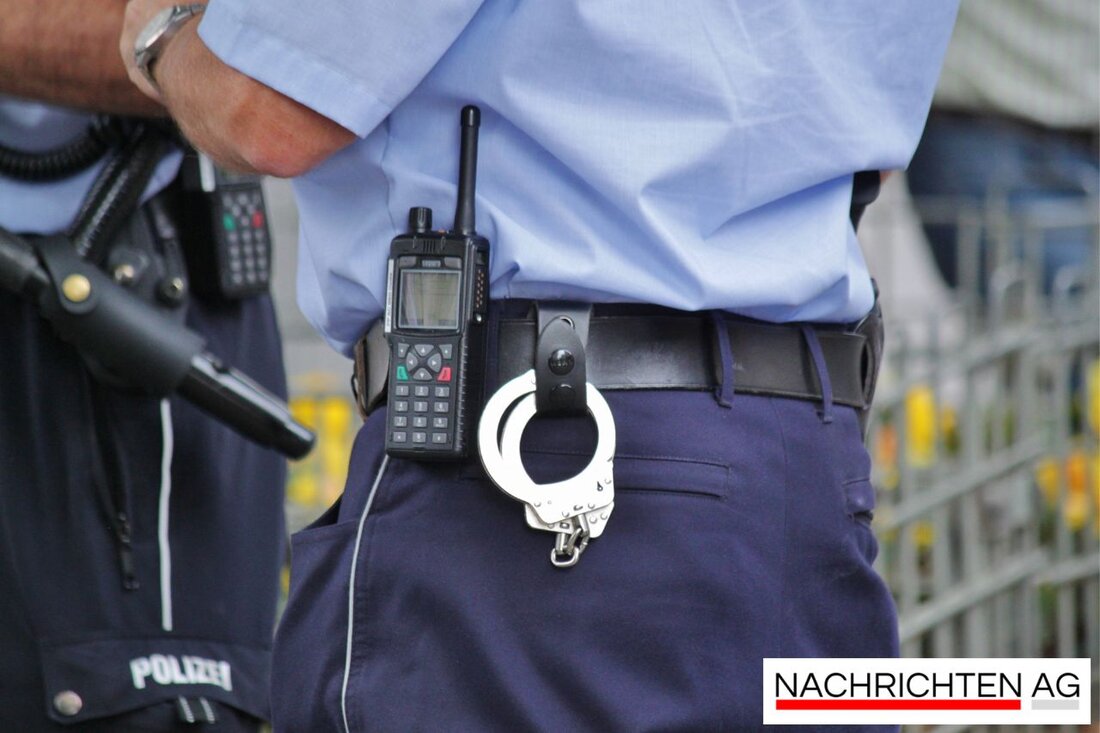Robbery in a tram: 27-year-old becomes a victim of the night!
On August 10, 2025, a robbery occurred on a tram in Dresden-Gorbitz while a 27-year-old was sleeping.

Robbery in a tram: 27-year-old becomes a victim of the night!
An incident occurred in Dresden-Gorbitz on Saturday night that shocked not only those affected, but also the public. A 27-year-old man was attacked on a tram around 3 a.m. while he was sleeping. According to the Sächsischen.de His wallet and cell phone were stolen while he was thrown from sleep into a confrontation with unknown perpetrators.
The incident is particularly worrying because it took place on public transport with a large number of passengers. Such situations raise questions about the feeling of security in the city, which, according to the POLICE TICKER.Online is considered one of the central topics in reporting on crime. The platform provides daily information about current police reports and pays particular attention to incidents that affect citizens' sense of security.
The development of crime
The general development of crime in Germany is a difficult topic. Statistics show a decrease of 1.7% to approximately 5.84 million crimes in 2024, mainly due to the partial legalization of cannabis in April 2024. However, there is an increase in crimes that affect people's sense of security, as the figures show Statista prove. Thefts and property crimes, which also affect society in Dresden, are particularly common.
The clearance rate in Germany will be 58% in 2024, which is a slight decrease compared to the previous year. While statistics show a decline in the number of suspects, the question arises: How can safety on public transport be increased? Preventive measures, such as increased police supervision and security concepts on buses and trains, are increasingly required.
What's next?
The police in Dresden are faced with the challenge of strengthening the population's trust in security. Case studies like this tram robbery make it clear that, despite a decline in crime across society, specific focus groups and hotspots raise numerous questions. Political decision-makers and citizens must work together for safer mobility in public spaces.
Another aspect is the perpetrators themselves. The increase in non-German suspects to 41.8% in recent years raises not only national but also international questions. It is high time to shed light on the causes and, if necessary, take measures that are both preventive and reactive. Everyone has a good knack for deepening the security cultivated by each individual beyond their own area.
The events in Dresden-Gorbitz are a wake-up call for everyone who cares about the well-being of their community. Let us be vigilant and work together to make such attacks a thing of the past in the future.

 Suche
Suche
 Mein Konto
Mein Konto